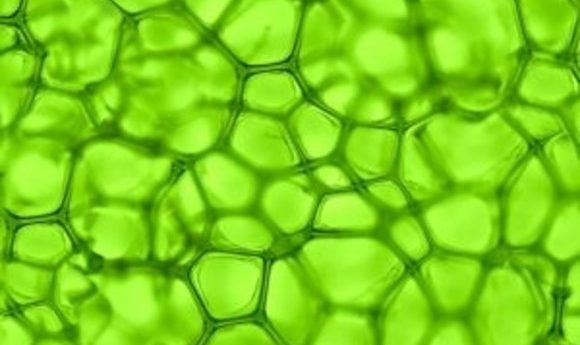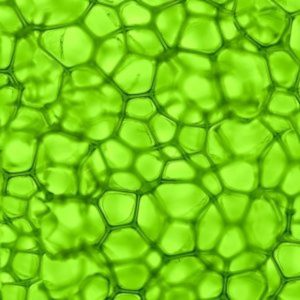Combination of two microscope technologies offers unprecedented look at biological processes in living cells

Researchers at the National Institute of Biomedical Imaging and Bioengineering (MD, USA) have combined two different microscope technologies to create sharper images of rapidly moving processes inside a cell.

The recent research describes new improvements to traditional total internal reflection fluorescence (TIRF) microscopy. TIRF microscopy works by illuminating a sample at a sharp angle so that the light reflects back, illuminating only a thin section of the sample that is exceptionally close to the coverslip. By eliminating much of the background light that conventional microscopes pick up, a much higher contrast image is produced.
One drawback of TIRF microscopy concerns its ability to capture small features within cells. Previously, super-resolution microscopy techniques applied to TIRF microscopes have been able to improve the resolution; however, such attempts have always compromised speed, thus making the imaging of rapidly moving objects extremely difficult. Consequently, a vast majority of cellular processes remain too small or fast to observe.
Hari Shroff, chief of the National Institute of Biomedical Imaging and Bioengineering lab section on High Resolution Optical Imaging noticed that if they modify a high-speed, super-resolution microscope to act like a TIRF microscope, they could obtain the benefits of both technologies.
Developed by the Shroff lab in 2013, instant structured illumination microscopy (iSIM) can capture video at 100 frames per second. However, iSIM falls are inferior to TIRF microscopes in terms of contrast. In order to combine the strengths of both types of microscopy, the team blocked most of the illumination from the iSIM, using a simple ‘mask’. This combination of both iSIM and TIRF allows for observation of rapidly moving objects about 10-times faster than other microscopes at a similar resolution.
“TIRF microscopy has been around for more than 30 years and it is so useful that it will likely be around for at least the next 30,” commented lead author Shroff. “Our method improves the spatial resolution of TIRF microscopy without compromising speed—something that no other microscope can do. We hope it helps us clarify high-speed biology that might otherwise be hidden or blurred by other microscopes so that we can better understand how biological processes work.”
Interestingly, this new technology has promising applications and was used to follow the rapidly moving Rab11 particles near the plasma membrane of human cells, which are usually blurred when imaged by other microscopes. With the new microscope, Shroff and his team also revealed the dynamics and spatial distribution of HRas, a protein that has been implicated in facilitating the growth of cancerous tumors.